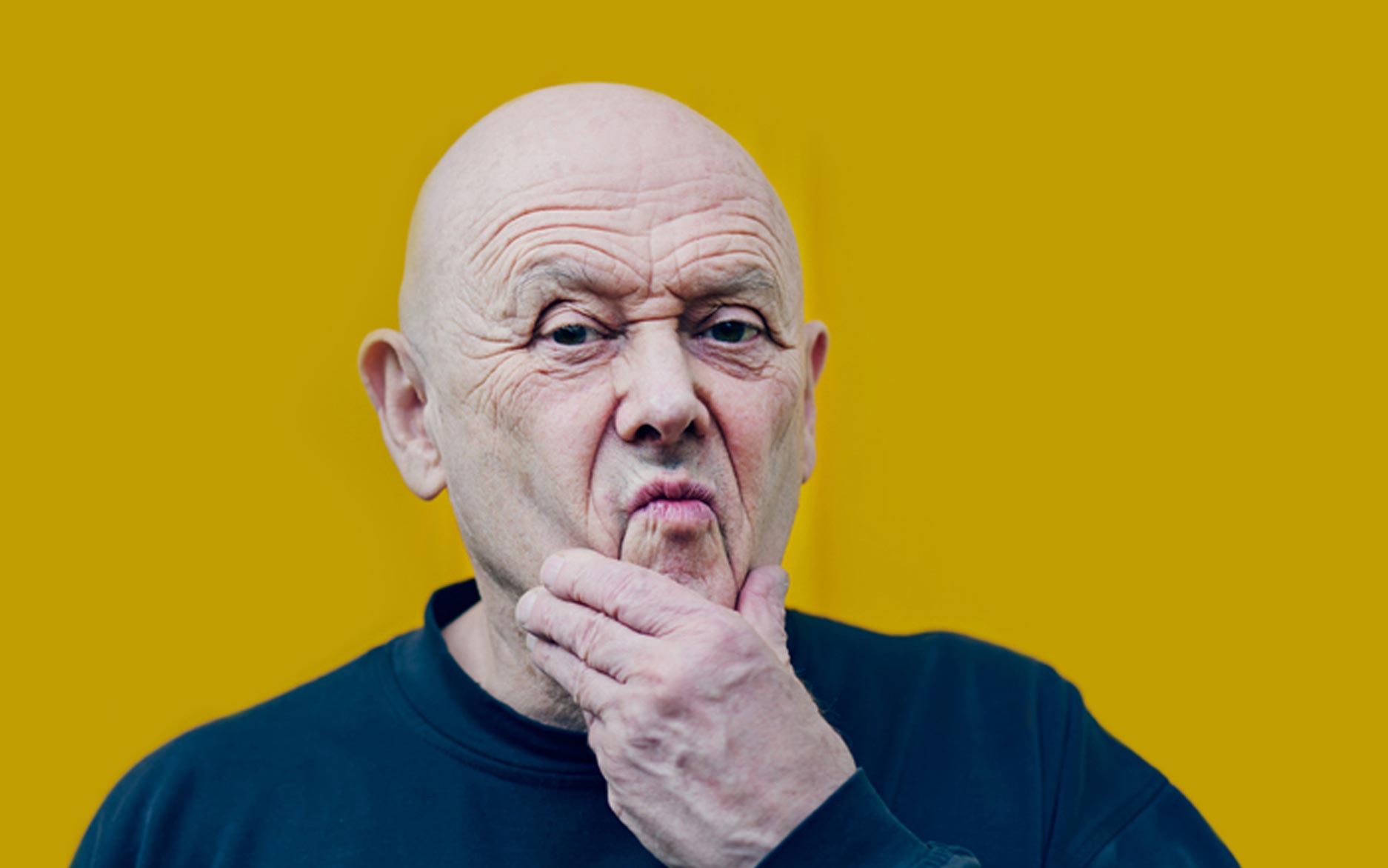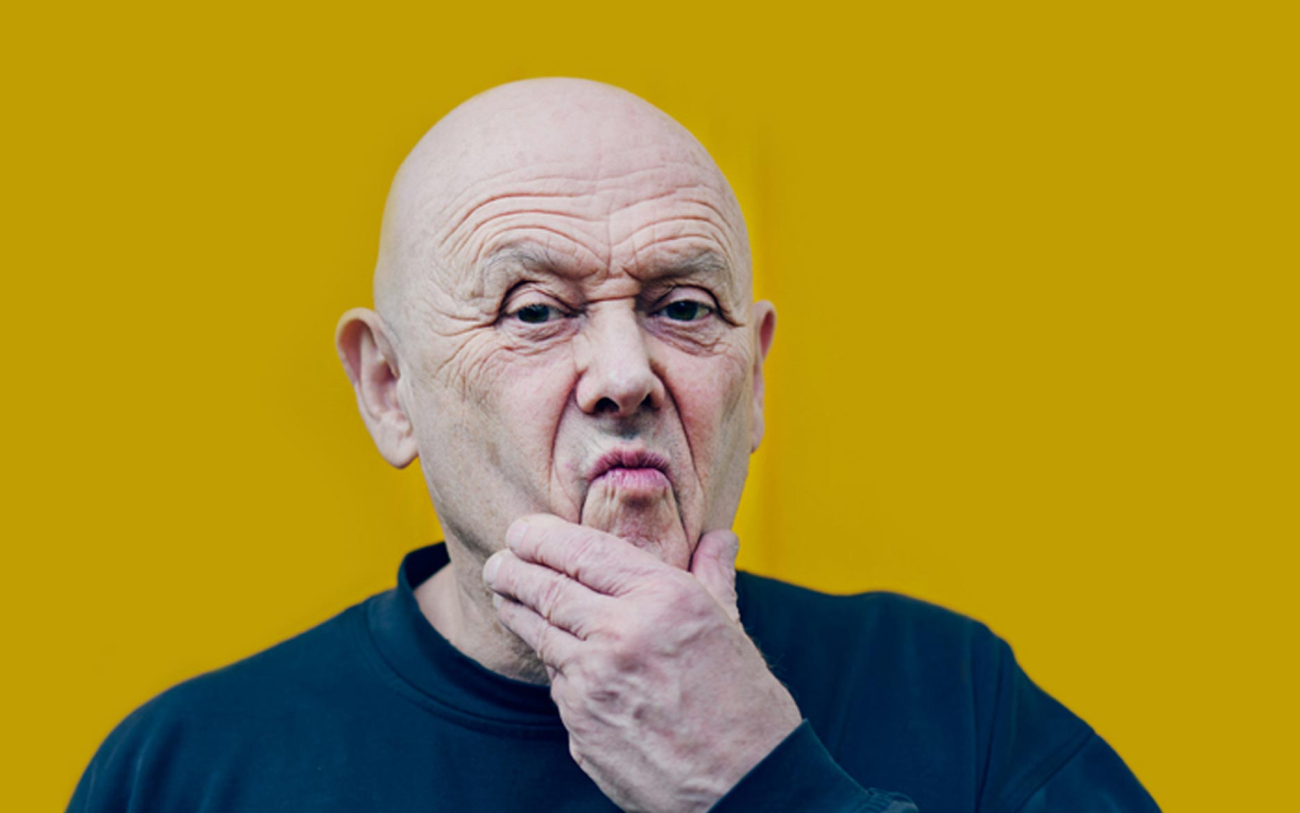Imagination beyond the brief
The best briefs open doors, says Michael Wolff, who praises those with the courage to let go of what they think they want.


Designers can sometimes struggle to make a convincing and authentic ‘case’ on behalf of their clients and so they often settle for a pleasing visual interpretation of the brief. They sometimes design ‘despite the brief’ or design to a brief they haven’t challenged or clearly understood, or by which they haven’t been creatively inspired. Some are more like lawyers who take briefs rather than barristers who win cases in court.
I see lots of lazy, though good looking, work and I can tell immediately that all I’m seeing is a brief again, but this time in the form of a solution. The designers have just created a reflection of their client’s brief visually but have failed to answer it.
I’ve frequently found a brief to be a client’s best shot at what they want. Often, and I know this is true for me, when you get what you think you wanted, it can be a very disappointing anti-climax. You’d actually wanted something beyond your own imagination.
When you know this secret, you’ll be far better off choosing to work with designers who think first, instead of jumping into instant creativity – but not always. And this is where trusting the person you work with, knowing their creative reputations and feeling safe working with them, really counts.
Sometimes an irresistible impulse or a ‘canine like’ response to the stimulus of a sound brief can work. I’ve often said that “leap before you look” is a more useful acronym than its patient and cautious twin: “look before you leap”. Neither is foolproof, nothing is, risk is always there. To create is always to take a risk.
The best briefs open doors and the worst briefs close them. Akio Morita, who founded and led Sony, once gave a brief to the whole Sony community. It was a small block of wood with a paper message wrapped around it, secured by a rubber band. The message was a short very clear one. Only four words: “This must play music.” The result: The Walkman – the product that transformed how we listen to music.
These simple briefs are tougher than they sound. They invite creativity and challenge imaginations. Of course there’s much more involved and all sorts of constraints and details to consider, but at least you have time to experience creative inspiration by the opportunity you’ve been offered and all the details can come to you in discussions when you need them.
If you’re a client then I suggest you choose to work with people with whom you feel empathy, people who understand and inspire you and who you feel can create magic on your behalf – kind people who, above all, understand emotion and will know how to reach those you want to ‘touch’ with originality and imagination. Then you can give them your trust, let go of what you think you wanted and wait to be surprised and delighted when they go beyond where you would have been able to go yourself.
Unchallenged designers with formulaic concepts already up their sleeves serve no one. And when they work with clients who already think they know what they want, it invariably results in mediocrity. Big design companies with rapacious appetites for profit, often invite their clients to dull meetings, make overly persuasive presentations and then propose rationally argued cocktails of alternative propositions. These invariably result in stale work.
This kind of work may look pleasing and feel safe, because it resembles something that’s already in the mind – something that’s been seen before and prompted a client to say, “Do something like this.”
The resulting derivative work is unlikely to engage anyone to see and read with fresh eyes. It won’t stir hearts or inspire change. No deep connection with meaning happens and no curiosity or relationship is provoked or established. No desire is aroused and so no delight sold. What a waste of time and money.





